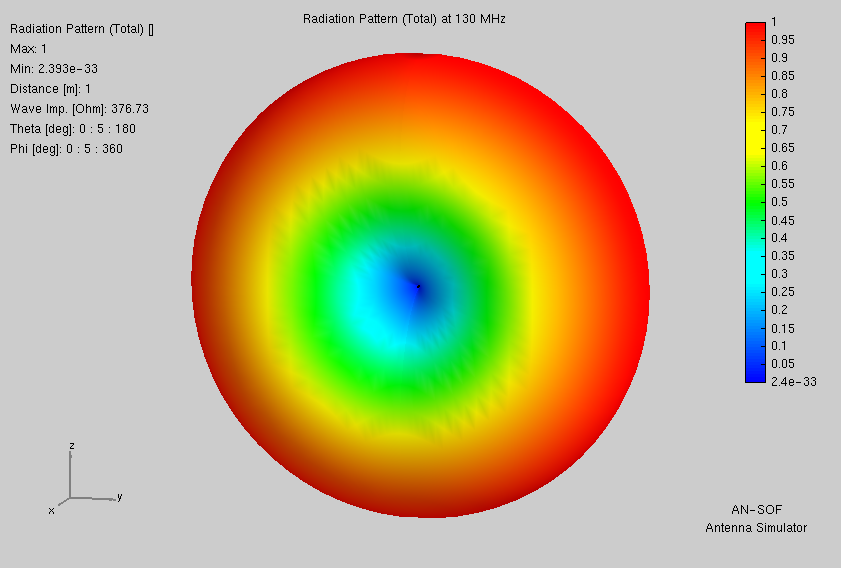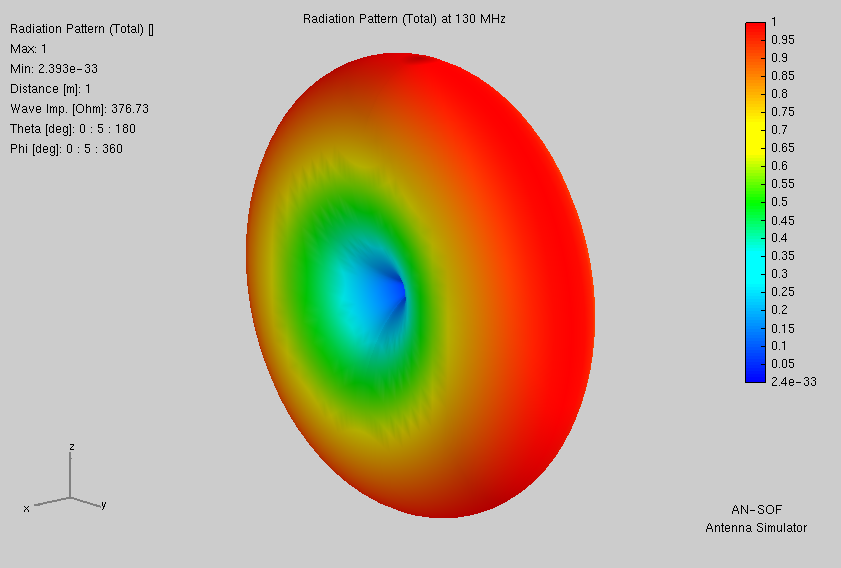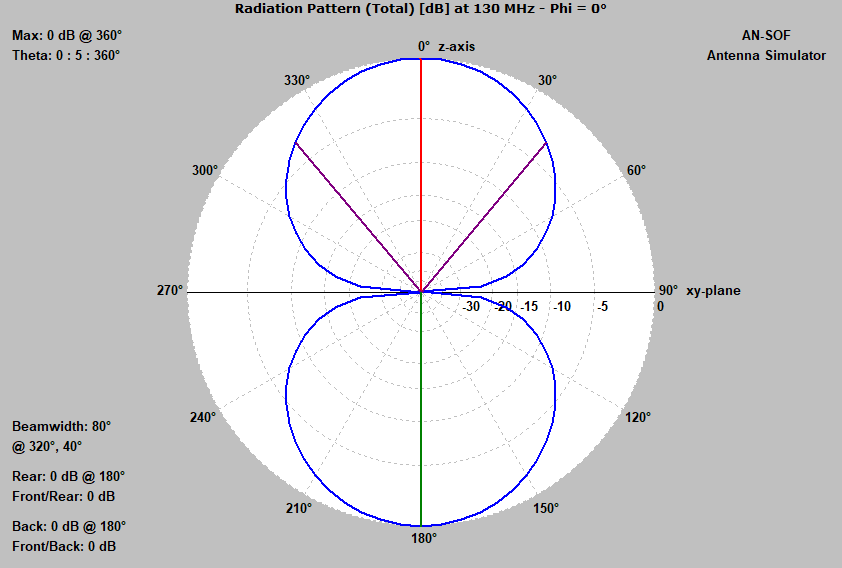Power Line Noise Hunting
Tips towards identifying and locating sources of radio frequency noise eminating from AC Mains
Working to recreate the original QSL.net article on this page. In the meantime, you can download a PDF below:
Link to PDF of the original qsl.net/n8dmt/powerline.html post.
The original "find the AC power line noise" activity used a 108-137 MHz VHF air-band AM receiver with a modified BNC antenna connector attached to a DIY half-wave dipole on a wooden mast. The Realistic air-band receiver is now obsolete, but easily replaced with almost any modern VHF hand-held radio that offers AM air-band reception. Examples of such 108-137 MHz AM receive capable radios include: Yaesu VX-8G*, VX-8DR*, FT-70, FT-3DR, FT-5DR, FT-60,VX-6R, Baofeng UV-K61, UV-17Pro, Quansheng UV-K6, RaDTEL RT-8, and likely many, many others. Radios marked with asterisk (*) have been tested by the author. Others mentioned include VHF air-band reception capabiity in their specifications, but have not been tested by the author for this application.
Quick-summary of how to use the AM-Receiver/Antenna apparatus:
1. Turn on the receiver and tune to a portion of the air-band range not being used in your area (i.e., do not hear pilots or control tower talking, etc.). If you hear a buzzing sound (not just open-squelch noise), you've found a useful frequency to use.
2. Extend the telescoping whips to around 21" each. Raise the mast into vertical orientation (dipole is horizontal) and referencing the broad-side of the dipole, slowly sweep (rotate) the antenna in a circle. Listen for maximums and minimums in the received noise signal while slowely rotating. (Having a headset or speaker mic attached to the radio may help in noisy environments.)
3. Pick an antenna angle corresponding to a buzzing signal null. With this setup, the antenna end(s) are pointing to the signal (noise) source when nulled. Note these directions (there may be more than one). Move to another location and repeat slowly rotating the antenna to find a noise reception null. Note the direction the dipole is pointing to/from. You'll find that your two null-reception lines cross on one side and diverge on the other. Where they intersect (cross) is a possible location of the noise source.
4. Move to another location and repeat the null-signal antenna rotation to align the dipole elements pointing to/from the local noise source. Try to correlate your measurements with previous null bearings to refine your estimate of where the noise source is located.
5. If outside, try sweeping the end of the dipole up from horizontal to see if the null moves upward as well. I found this to be the case in my Schaumburg, IL example (see original PDF file for the complete story).
Repeating these steps will allow you to better understand where noise sources are located in your environment. Note that there may be multiple sources all emitting at the same time that will complicate your direction (null) finding activities.
Here are sample antenna patterns for your 1/2 wave dipole (130 MHz, 3' 7" end to end length) at the top of your mast. The ends of the dipole correspond to the blue/darker-blue portions of the far-field plots (these are nulls in the pattern). The brighter orange/red portions are the maximums of the signal, corresponding to the sides of the dipole (90 degrees to the element directions).

Broadside to the dipole equals signal maximum reception. Signals are strong, but hard to locate sources using this portion of the pattern.

Reception off of the dipole ends corresponds to the blue/dark-blue signal nulls.

The below reception signal pattern cut shows the two broad peaks (up/down) and the two narrow nulls in the pattern (side to side). Direction finding with the nulls is much sharper than trying to use the broad maximum signal lobes.

The dipole elements point left to 270 degrees and right to 90 degrees in this example. Listen to the received noise levels carefully to align the dipole axis in the direction of the noise source (nulling the received signal to your receiver). You may need to point one end of the dipole up from horizontal depending on the height of your noise source. (This was the case for the power correction factor noise sources in my Schaumburg, IL example.)
A closing thought: If you have a TinySA or TinySA-Ultra spectrum analyzer, you can follow similar signal or noise nulling techniques to locate a signal. This null to locate source technique works also for non-noise radio signals in many cases (but not all). Keep in mind that the slow trace speed of most low-cost spectrum analyzers will significantly slow down your DF activity. Listening to the audio null in real-time from the AM receiver is MUCH faster...
Practice makes this all a little easier over time...
73 & good DX (or noise-hunting)!